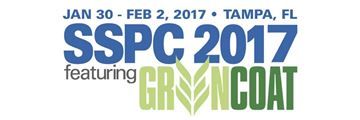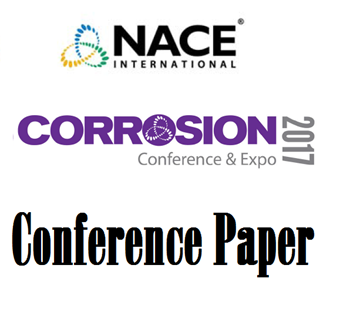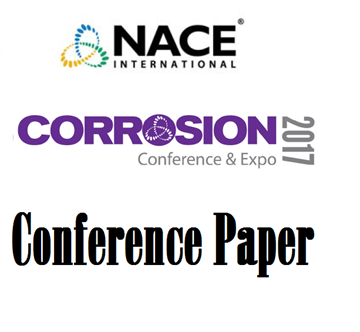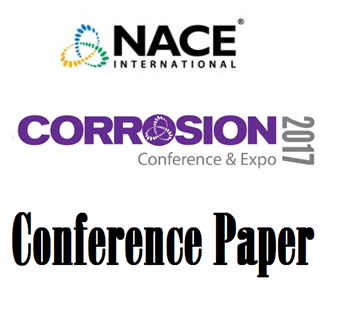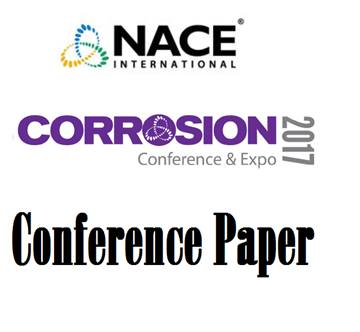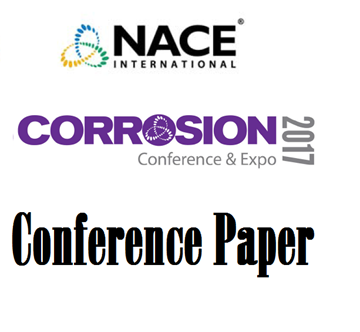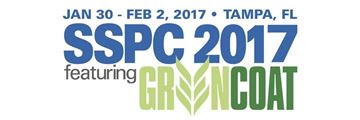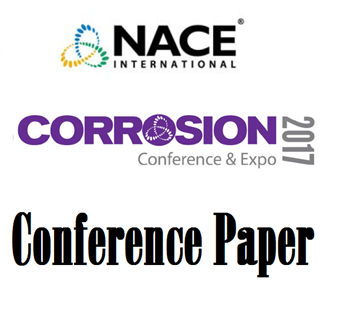Search
Products tagged with '2017 Conference Papers'
View as
Sort by
Display
per page
UP Periscope: Hunting for the Scope of Work
Product Number:
51217-044-SG
Publication Date:
2017
$20.00
Use of a Methodological Panel for Microbial Diagnostics Biocide Selection and Application in an Oil Shale Field
Product Number:
51317--9019-SG
ISBN:
9019 2017 CP
Publication Date:
2017
$20.00
Use of Corrosion Rate Probes to Evaluate Pipeline Cathodic Protection Performance
Product Number:
51317--9180-SG
ISBN:
9180 2017 CP
Publication Date:
2017
$20.00
Use of Paint 44/Guide 22, Standards, Training and Certification in the Wastewater Industry
Product Number:
51217-058-SG
Publication Date:
2017
$20.00
Using Digital Image Correlation to Improve Stress-Corrosion Cracking Evaluation by NACE TM0177-B
Product Number:
51317--8992-SG
ISBN:
8992 2017 CP
Publication Date:
2017
$20.00
Using Portable Material Property Devices for Pipe Grade Determination
Product Number:
51317--9267-SG
ISBN:
9267 2017 CP
Publication Date:
2017
$20.00
Using Ultrasonic Technique to Determine Fitness for Service of FRP Equipment for Chemical Handling Applications
Product Number:
51317--8861-SG
ISBN:
8861 2017 CP
Publication Date:
2017
$20.00
VOC Reduction in Epoxy Protective Coatings Using VOC-Exempt Solvents
Product Number:
51217-069-SG
Publication Date:
2017
$20.00
Waterborne Alkyds - Combining Oil and Water to Reduce VOC and Solve Coating Performance Challenges
Product Number:
51217-023-SG
Publication Date:
2017
$20.00
Zinc-Nickel Nanolaminate – Advanced Coating for Bolt Corrosion Control
Product Number:
51317--9220-SG
ISBN:
9220 2017 CP
Publication Date:
2017
$20.00

